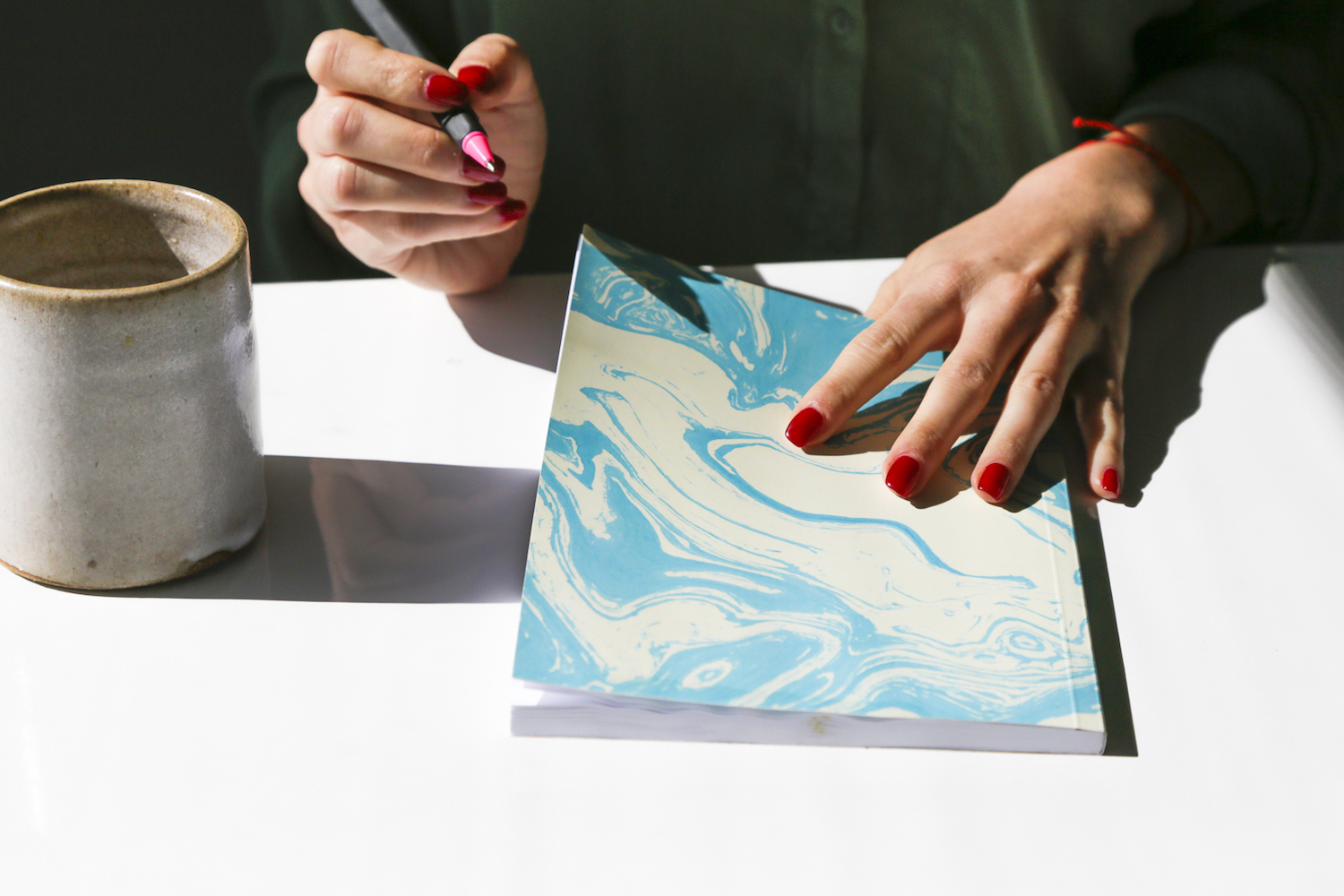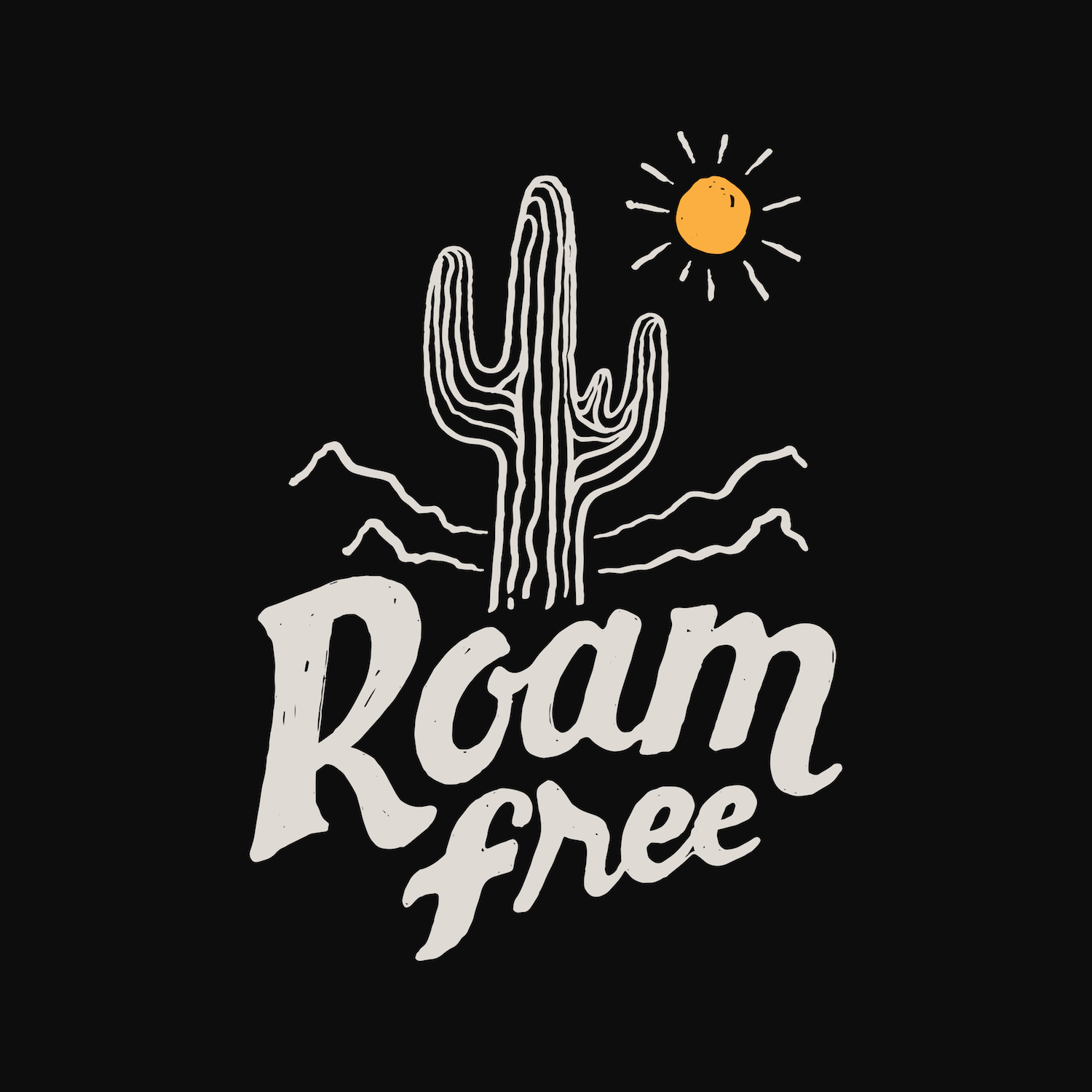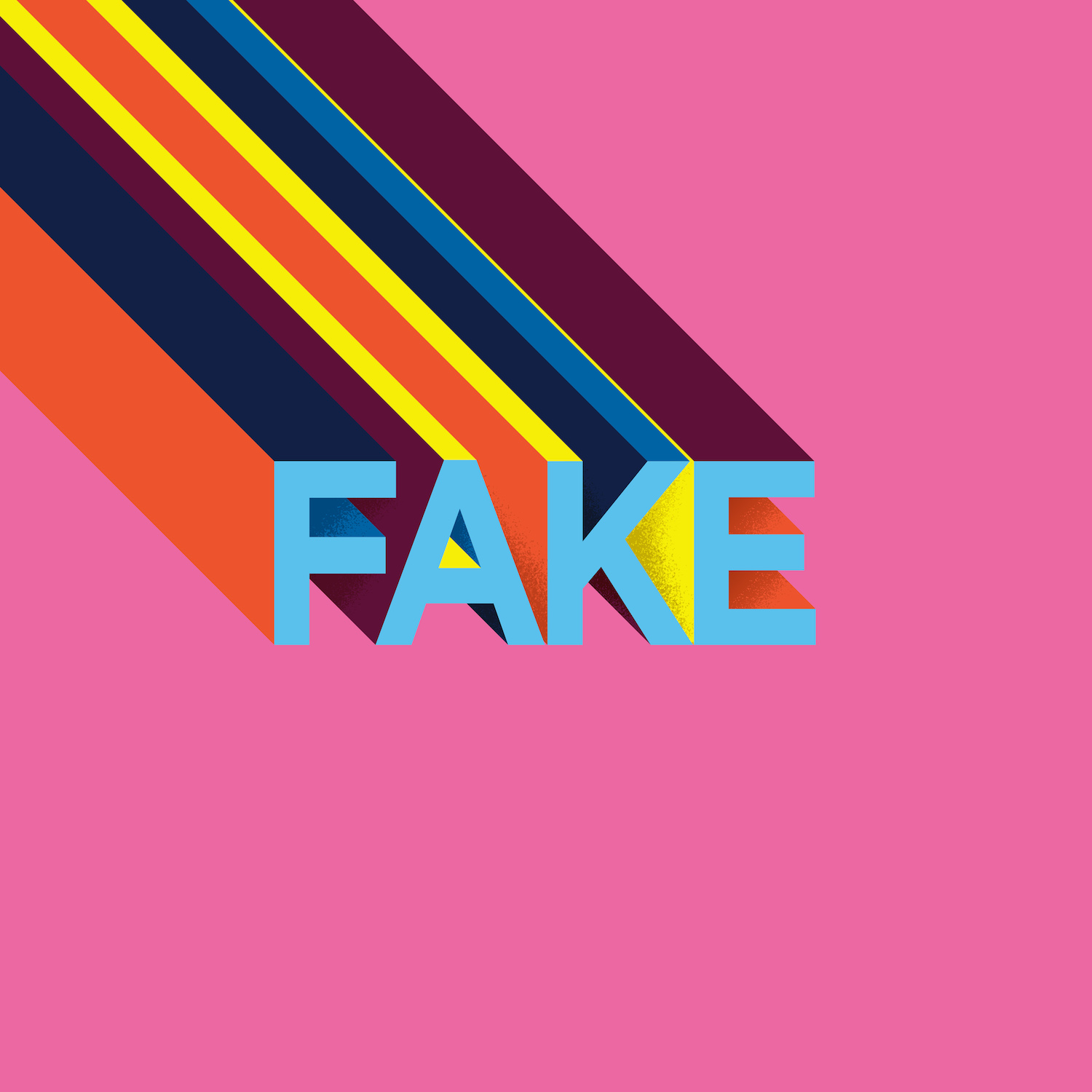Welcome back to our series Ask Angella, where we do exactly that.
If you’ve ever had a potentially sensitive creative question, we want you to throw it our way so that we can hand it over to Angella: our resident art writer, expert, and all-around kind, funny and wise human being. Here’s the question we’ll tackle this month:
“My 9 to 5 leaves me feeling drained and sucks the fun out of my side hustle (dream job?) as an artist. How can I strike that perfect work-life balance so I don’t lose my mind?”
This one is tricky. There’s an unbearably classist saying that goes: “Choose a job you love and you’ll never work a day in your life.” (Seriously, whoever said that never worked a day in the gig economy.) What if the job you love is also the job that wears you out and restricts your dreams? In the creative economy, the Venn diagram of “commercial art” versus “fine art” is getting more and more amorphous. But on the other hand, what you make as an artist and what you do to make money may never overlap. I personally think the belief that says commercial art and fine art are inherent opposites is misleading. At the end of the day, you gotta eat and pay your bills and there’s nothing wrong with that. Repeat after me: there is no such thing as “selling out.”
Your day job (or multiple day jobs, let’s be honest) may saddle you with tasks that keep you from the artistic work you’d rather be doing. Or it could be that the work of your day job is so similar to your own that the line between your passion and your daily grind begins to blur. Whether you freelance for clients or clock into a 9 to 5, maintaining balance between work and life is a full time job of its own. Here are some guiding principles to help you navigate the wild waters of working as an artist.

Make a list of your values and priorities
Making a list of your values and priorities as an artist will help you manage your boundaries while working at your job-job and on your own creative projects. Are you okay with a mindless day job that will allow you to pour your mental energy into the work you want to do when you’re not in the office? Or would you rather shorten the distance between paid work and passion work by working a job within your creative field? Can they exist independently? Are we human or are we dancer? Making a decision on what you will and won’t do is the first step.
Ditch perfectionism
Next, do away with the myth of perfection. In the book, Art and Fear, authors David Bayles and Ted Orland explain that failure is actually more creative than getting it right the first time (whatever that means). “The pattern is predictable: as you see error in what you have done, you steer your work toward what you imagine you can do perfectly. To require perfection is to invite paralysis.” Sound familiar? First and foremost, you are human and therefore imperfect, and imperfection is what makes art compelling.
Still, the pressure to have it all together looms large. Be it social media or the intimidating resumes of other artists, the desire to be a contender can take a toll on your imagination and confidence. The Independent reports that a third of millennials experience imposter syndrome in the workplace. That’s more than four million people who feel they’re not up to snuff despite talent and hard work. But take heart! Fear does not make you less of an artist. In fact it makes you more of an artist because you’re human. This is why you make art and it’s why you need a job in the first place because, rent. Embrace that as best you can.
Think proportionally
Okay, so we’re all overwhelmed, overworked and less confident than we ought to be. What’s the way out? Managing it in bite-sized pieces will take the edge off and get you moving toward your goals. Let’s say you work at a soul-crushing job all day listening to normies wax poetic about metrics, or you’re asked to re-do the illustration you already spent five hours on again for a meager paycheck. By the end of the day, you just want to crawl into bed and watch Netflix. Fair enough. When your time is absorbed by working for The Man, where does that leave your ambition?
Start small. A wise friend told me, in busy times, to try writing for 20 minutes a day. Even if I don’t finish an essay or craft the beginning stages of a masterpiece, I’m still exercising that creative muscle. Doing a little bit each day is better than taking on too much only to crash and burn. Cut yourself some slack. When your schedule is tight and your soul diminished, giving yourself a small portion of time to do your own thing means you are chipping away on a personal project. It’s not ideal, but nothing is! As they say, Rome wasn’t built in a day (and it was built by construction workers, not emperors, for the record).
Beware of burnout
Burnout in any creative field is a reality. Disenchantment, exhaustion and imposter syndrome will come knocking at your creative door, and burning the candle at both ends means that at some point you will hit a wall and won’t feel able to do much of anything. That’s okay. Take the cue to rest and recharge if and when you can. As an artist, your primary resource is you: your ideas, your skills, your execution. When it runs dry, which at times it will, it’s crucial to take a break. Imagine just doing nothing. Sounds wild right? Tap into the power of solitude. Art is often lonely work. At times it requires long hours alone, focusing, researching and digging deep into ideas while sharpening your skills. Reconnecting with yourself reminds you of who you. You are your biggest asset. Consider it a long term investment.
“Your Design Here”
Listen, you’re not a sellout for working for money. It’s a fact of life and a requirement for supporting yourself in order to do what you dream of doing outside of work. Remember, you are not your job. With that said, your client’s taste may not always line up with yours and what’s trending (and therefore marketable) is usually engineered to please a broad audience. More often than not, you will be asked to produce something that you would never in a million years dream of making.
Consider your options. You could establish a business brand so that your commercial work is distinctive from your artist’s signature. Or if it’s an assignment like a spot illustration or photographic work, weigh out how disparate the project is from your personal ethics: Is it against your value system because of its content or its aesthetics? Will attaching your name to the project harm you or others? After you define your values as an artist (see above), making decisions as to what assignments you take or what you’re comfortable with producing will be clear. It’s one thing if it’s cheesy, but another thing entirely if it’s in poor taste.
Remember why you do what you do
Beth Pickens, a creative consultant and all-around badass, not only offers practical advice for professional artists from tax preparation to negotiating prices, but she also consistently hammers in the idea that art is legitimate work. In her book, Your Art Will Save Your Life, Pickens suggests in times of discouragement to call to mind the art that originally inspired you. She writes and I quote, “Think of how those artists, like you, probably felt overwhelmed by their life and times but they made the thing anyway. Your future audiences need your work so you need to make it.” (I highly recommend following her on Instagram @bethpickensconsulting for more advice and encouragement.) So take heart, collect your coins however you will, and keep making your art. You can do it!



Comments